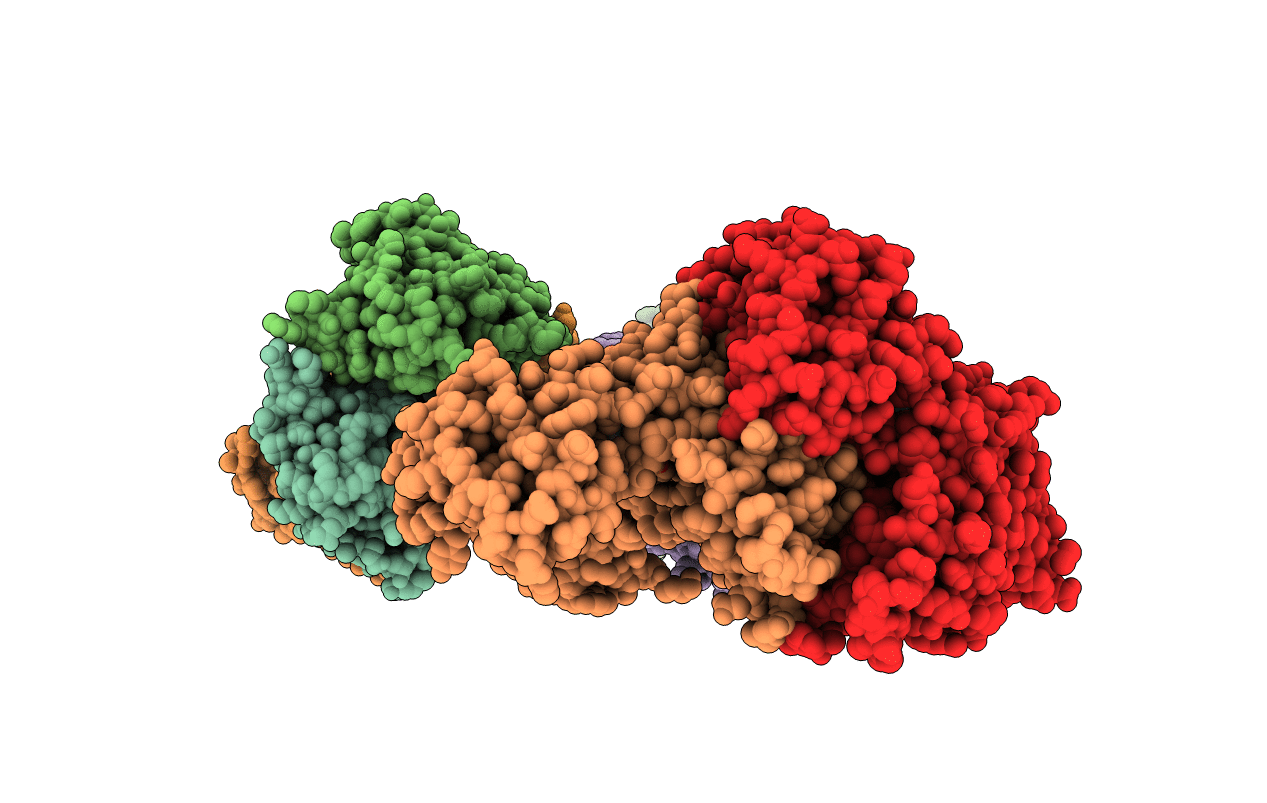
Deposition Date
2000-12-27
Release Date
2001-11-14
Last Version Date
2024-02-07
Entry Detail
PDB ID:
1HT1
Keywords:
Title:
Nucleotide-Dependent Conformational Changes in a Protease-Associated ATPase HslU
Biological Source:
Source Organism:
Escherichia coli (Taxon ID: 469008)
Host Organism:
Method Details:
Experimental Method:
Resolution:
2.80 Å
R-Value Free:
0.30
R-Value Work:
0.26
Space Group:
P 3 2 1


